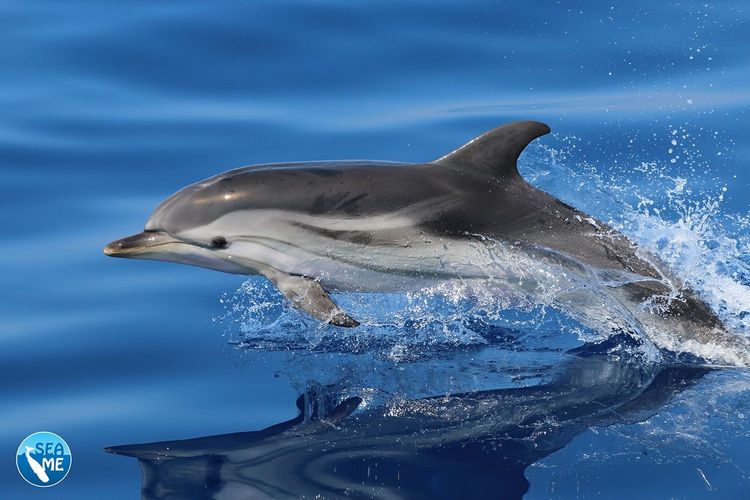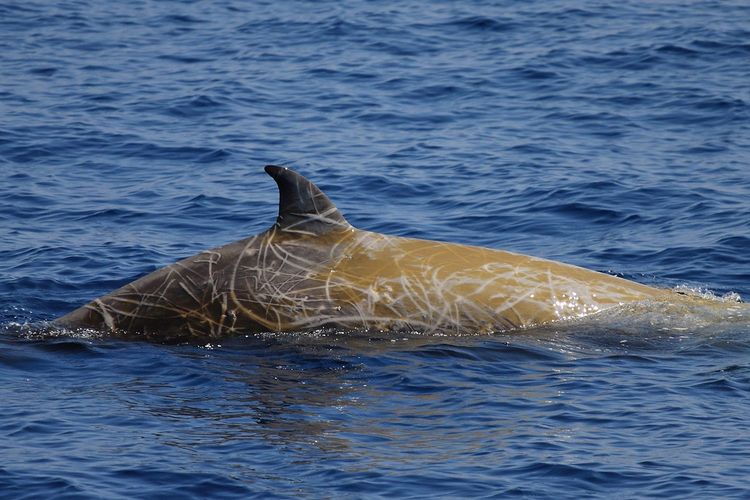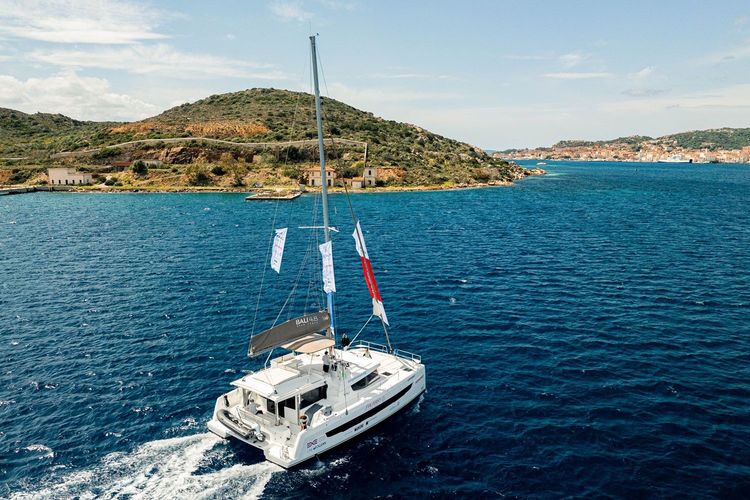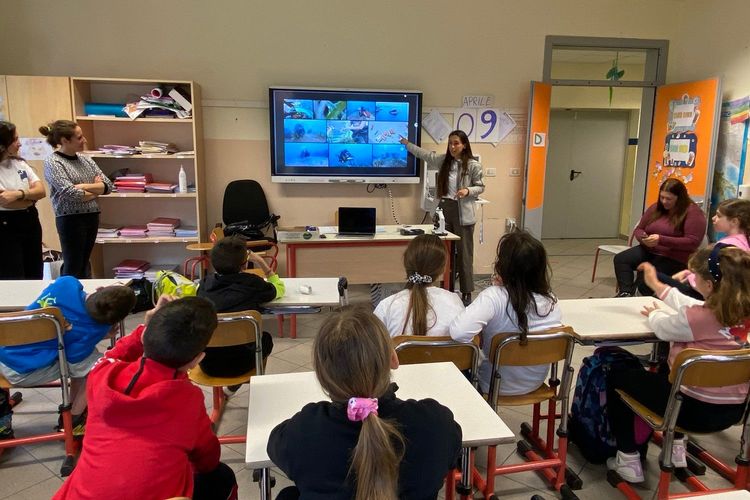
A recent scientific study conducted by the SEA ME Sardinia association, with the support of several funding bodies including One Ocean Foundation, has identified the Caprera Canyon, located off the northeastern coast of Sardinia, as one of the areas with the highest cetacean biodiversity in the western Mediterranean.
Published in the prestigious international scientific journal PLOS One, this research represents the first comprehensive and systematic study ever carried out in this area, providing crucial data on the distribution, abundance, and habitat use of various cetacean species. The findings highlight the role of the Caprera Canyon as an important hotspot for cetaceans and a key site for marine biodiversity conservation in the Mediterranean. However, like the rest of the Mediterranean, this pelagic marine area also faces a number of human-induced threats, including the impacts of intense maritime traffic, overfishing, and both chemical and acoustic pollution.
The study and its main findings
Over a nine-year period (2011–2019), researchers conducted 216 sea expeditions, covering over 30,000 kilometers and recording 810 sightings. During these observations, seven of the eight cetacean species regularly found in the Mediterranean were identified, confirming the high diversity and ecological importance of the Caprera Canyon. Observed species include: striped dolphin (Stenella coeruleoalba), fin whale (Balaenoptera physalus), Cuvier’s beaked whale (Ziphius cavirostris), sperm whale (Physeter macrocephalus), common dolphin (Delphinus delphis), Risso’s dolphin (Grampus griseus), and bottlenose dolphin (Tursiops truncatus).
The results of the study also show that the Caprera Canyon serves as an important feeding and breeding area for these species, all of which are listed in the IUCN Red List of Threatened Species, including four classified as endangered. The data collected - such as the presence of calves and complex social behaviors - further emphasize the ecological value of the area, demonstrating the urgent need for dedicated protection measures.
A long-term project
The study was initiated in 2010 by researchers Luca Bittau and Renata Manconi as a PhD project at the University of Sassari and continued in subsequent years thanks to the efforts of biologists and volunteers from the SEA ME Sardinia association and the involvement of several institutions and sponsors.
Crucial to the collection of scientific data was the valuable collaboration with Orso Diving/Whale Watching Sardinia and, since 2019, with One Ocean Foundation through Rolex’s Perpetual Planet program. The Foundation supported the researchers by providing financial and scientific assistance for data processing and manuscript preparation, playing a decisive role in organizing the data and achieving publication in a prestigious scientific journal.
Toward a future of conservation
Since 2016, the Caprera Canyon has been designated by the IUCN as an “Area of Interest” (AoI) for marine mammals in the Mediterranean - a preliminary step toward official recognition as an Important Marine Mammal Area (IMMA). In recent years, One Ocean Foundation has taken a leading role in protecting the area, promoting and coordinating scientific research and strategic actions to position the Caprera Canyon at the center of a process aimed at achieving recognition as a Fisheries Restricted Area and, by 2030, its designation as a Marine Protected Area.
The findings of this study provide a crucial scientific foundation to support recent international negotiations promoted by the United Nations on the High Seas Treaty, which aim to ensure the protection of ecologically valuable marine areas through the creation of globally managed nature reserves in international waters.
Read more articles

Caprera Canyon: a valuable hotspot for the Cuvier's beaked whales

The III edition of the M.A.R.E. project has set sail!
